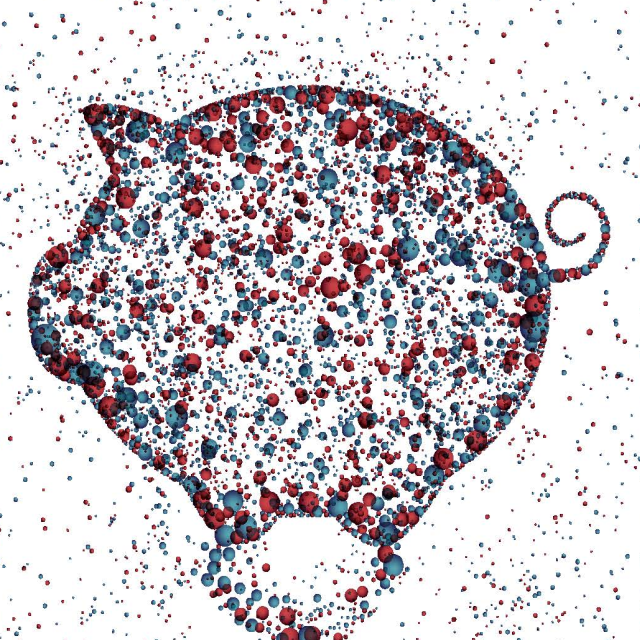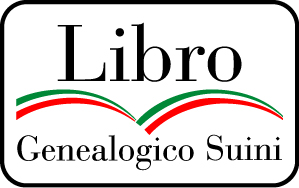National Pig Breeders Association
Table of content
ANAS AND BIODIVERSITY
The particular and unusual geographical conformation of Italy helped to preserve biodiversity among autochthonous breeds-
In 1996 ANAS began to implement conservation programs to preserve six authoctonus breeds: Apulo-Calabrese, Casertana, Cinta Senese, Mora Romagnola, Nero Siciliano and Sarda.
Autochthonous pig breed products are quite important for niche markets, initially driven by local consumption and agritourism activities, but more recently raising the interest of larger retailers.
Cinta Senese meat obtained in 2012 the Protected Denomination of Origin (PDO) label.
A sustainable strategy for the conservation of animal genetic is based on the marketing of “mono-breed” products, properly labelled with their breed of origin. These products are usually sold
at premium, since consumers positively consider the link with the authoctonous breed of origin.
For a mono-breed production chain to be sustainable, it is necessary to defend the integrity of its business model and the conservation program of the breed. The key issue is the development of
methods that can truly authenticate mono-breed products.
The main aim of conservation programs is the maintenance of genetic variability by controlling inbreeding in the populations. ANAS activity is focused on the verification of each breed standards,
the correct animal identification, the reliable registration of pedigree information. Pedigree information allow for the estimation of inbreeding of each pig entered in the Herd Book, and to
manage the mating schemes.
Some breeds might not be completely fixed for all traits. ANAS constantly improves characterizations in order to maintain the distinctiveness of each breeds both at a phenotypic and a genetic level.
Where available, DNA markers are used (i.e. coat color genes, vertebrae number gene).



